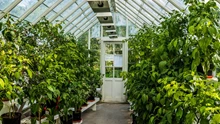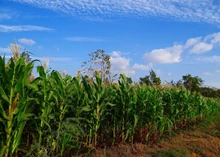
A study led by Dr. Rebecca Hamilton from the University of Sydney's School of Geosciences challenges long-held beliefs about Southeast Asia's ecological past. Contrary to the dominant theory that dry savannahs prevailed during the Last Glacial Maximum over 19,000 years ago, the research reveals a complex landscape of varied forest types.
This research, published in the Proceedings of the National Academy of Sciences, redefines the understanding of the region's historical ecology and offers new insights into forest resilience in the face of climate change.
The research team, including scientists from the Max Planck Institute of Geoanthropology, Flinders University, Purdue University, the University of the Philippines, and the Australian National University, analyzed records from 59 paleoenvironmental sites across tropical Southeast Asia.
Their findings contradict the 'savannah model', which proposed a uniform expansion of grasslands across the region during the glacial period. Instead, evidence from pollen grains and biochemical signatures indicates a coexistence of forests and grasslands.
Dr. Hamilton emphasizes the importance of maintaining a variety of forest types to ensure resilience against the ongoing threat of climate change. She particularly highlights the role of montane forests, situated above 1000 meters, and seasonally dry forests in preventing the 'savannization' of rainforests in Asia. Savannization is a process where forested areas transform into savannah ecosystems, often resulting from climate variations, human activities, or natural ecological dynamics.
The study also sheds light on the migration patterns of humans and animals in the region, suggesting a more diverse resource base than previously believed. This aspect of the research underscores the ecological richness and variety that existed during the Last Glacial Maximum.
The team suggested that they expect statistical methods developed to cross-comparing numerous palaeoecological records, valuable tools for regional analysis of past ecological changes.











